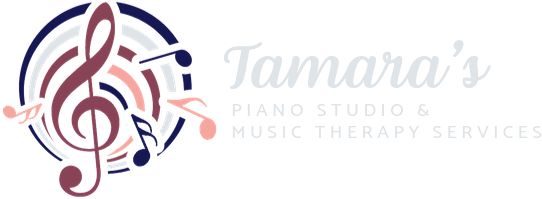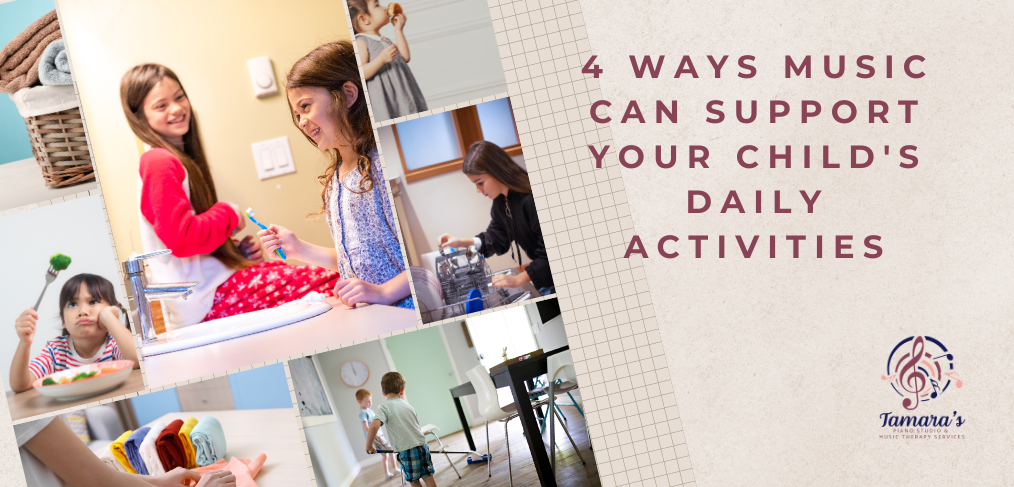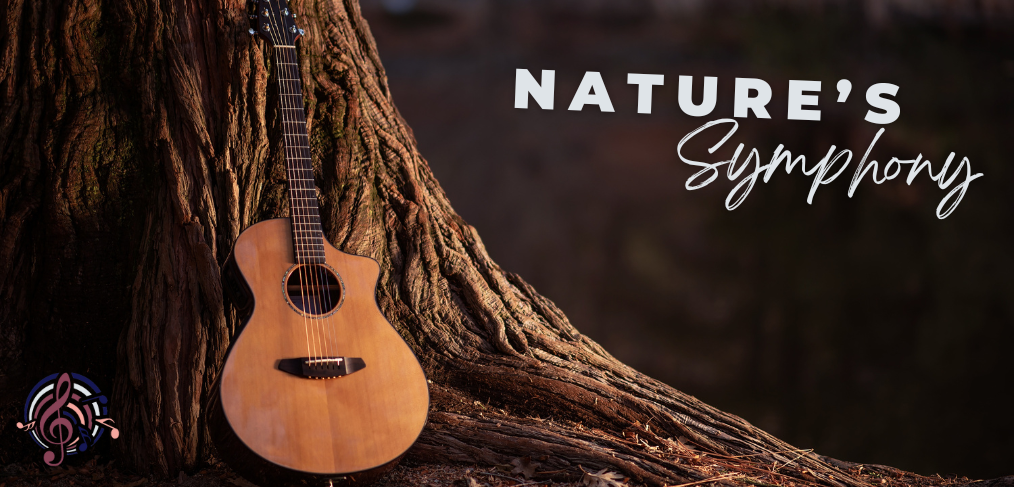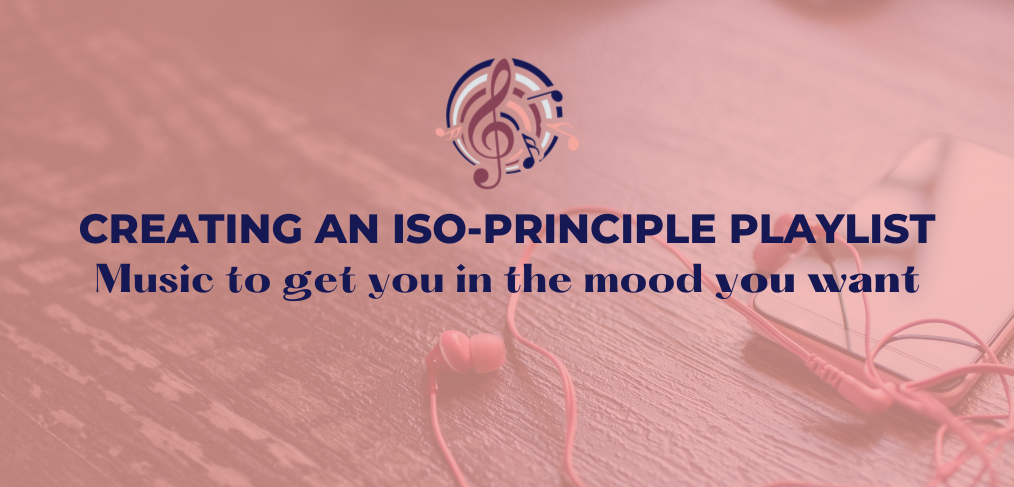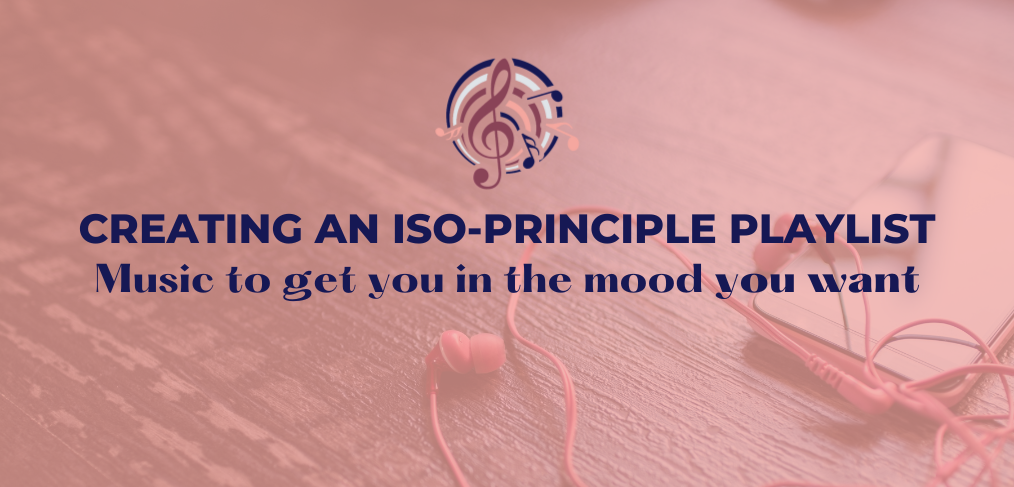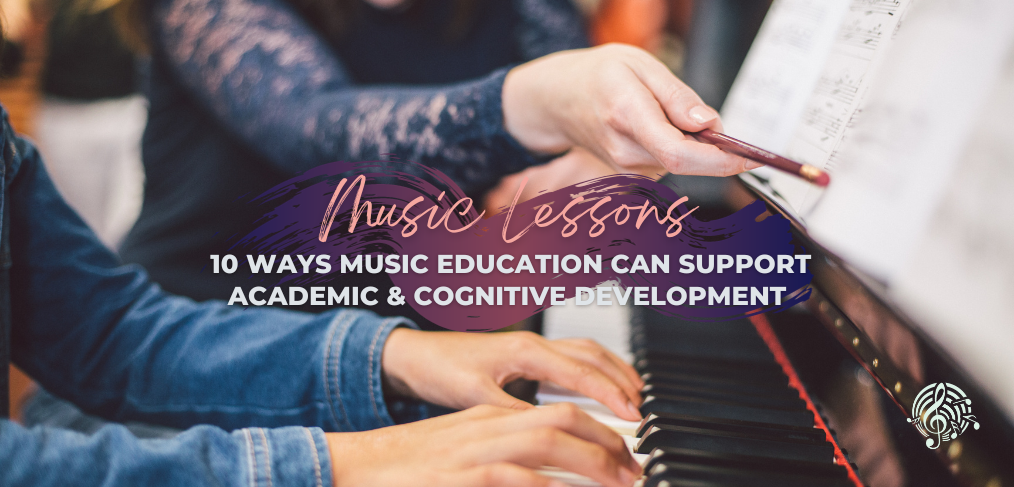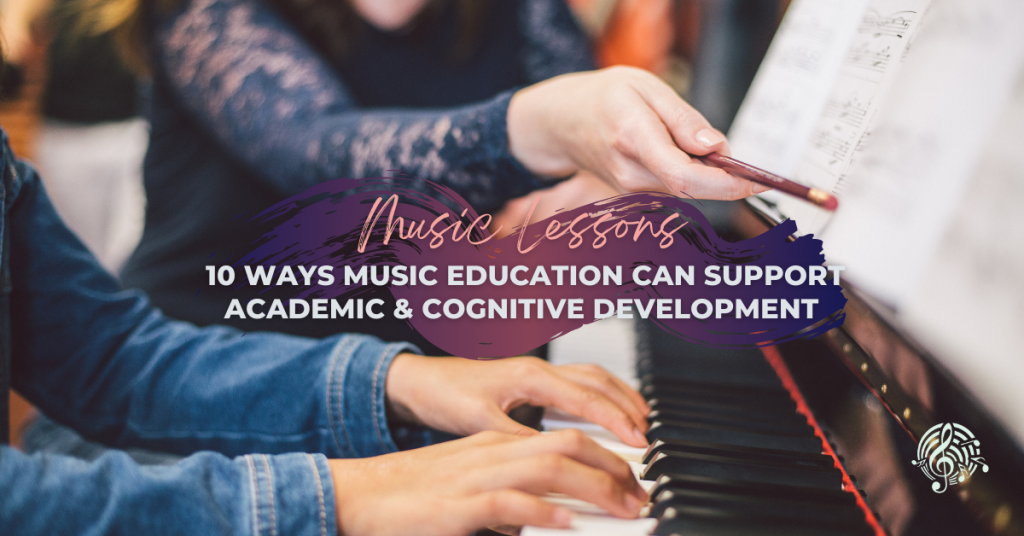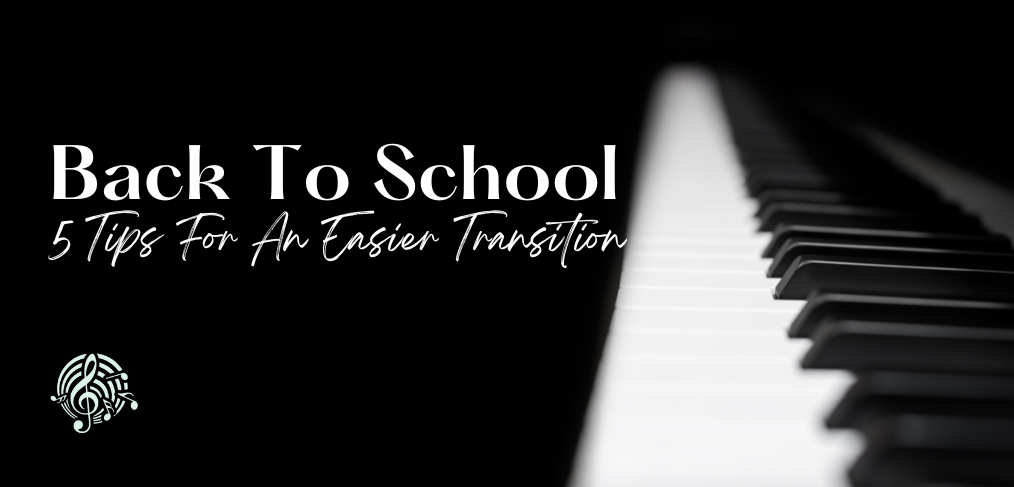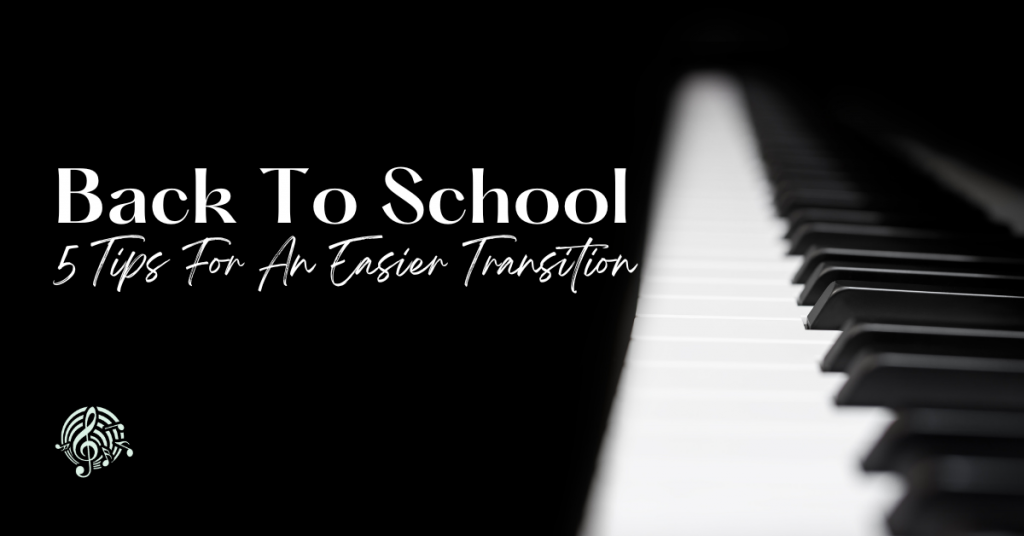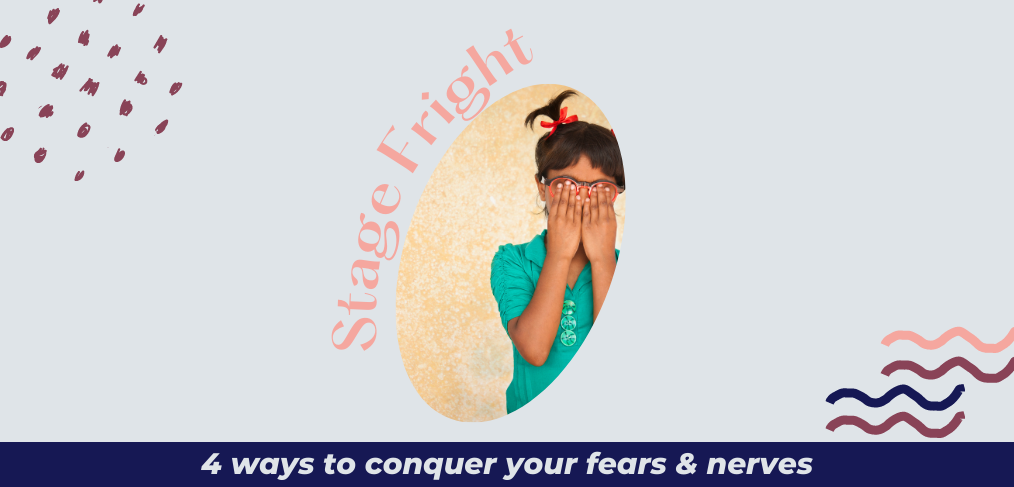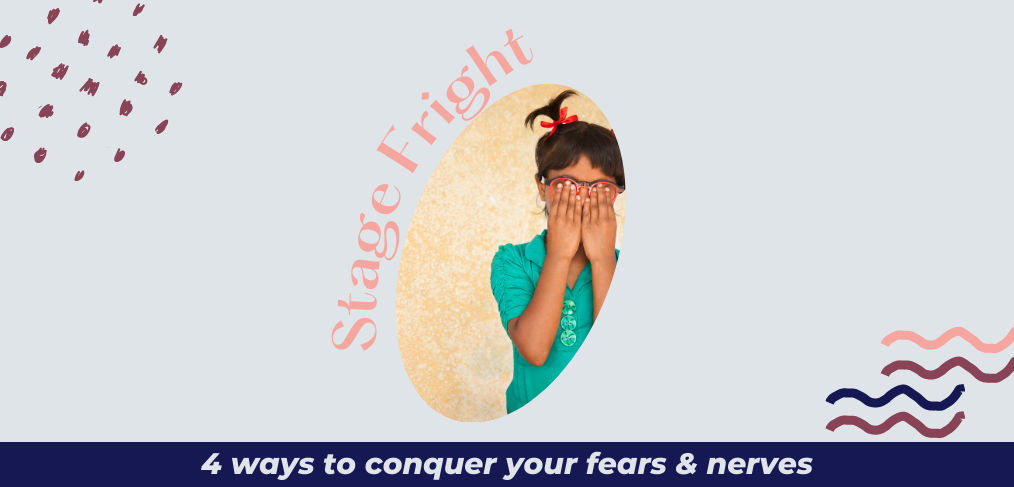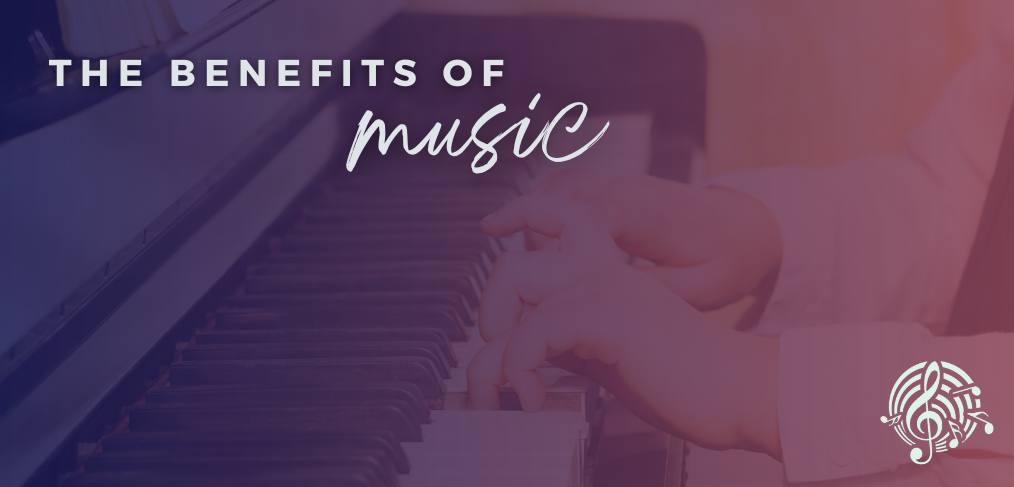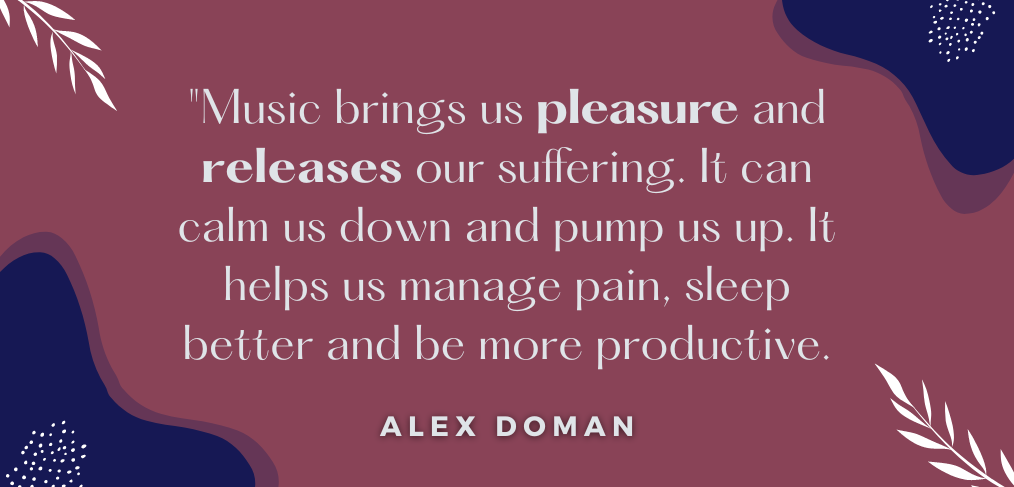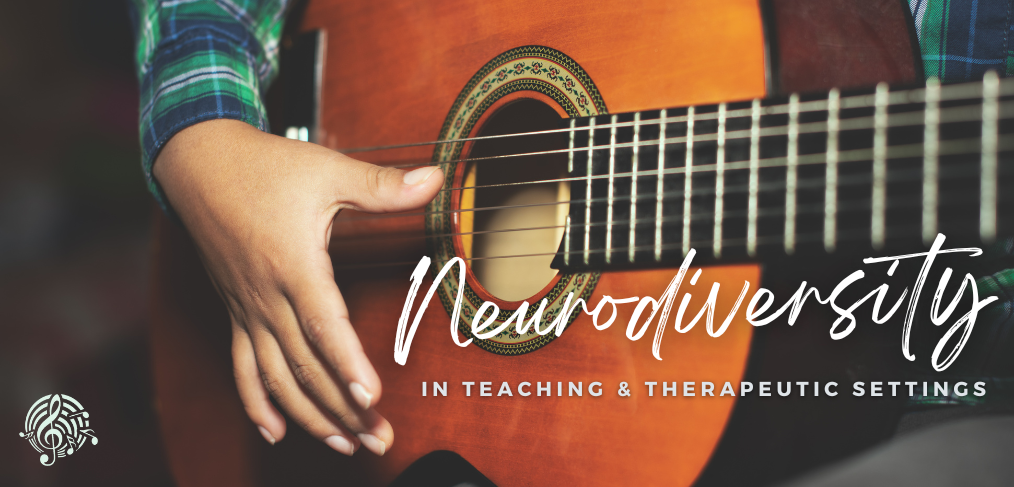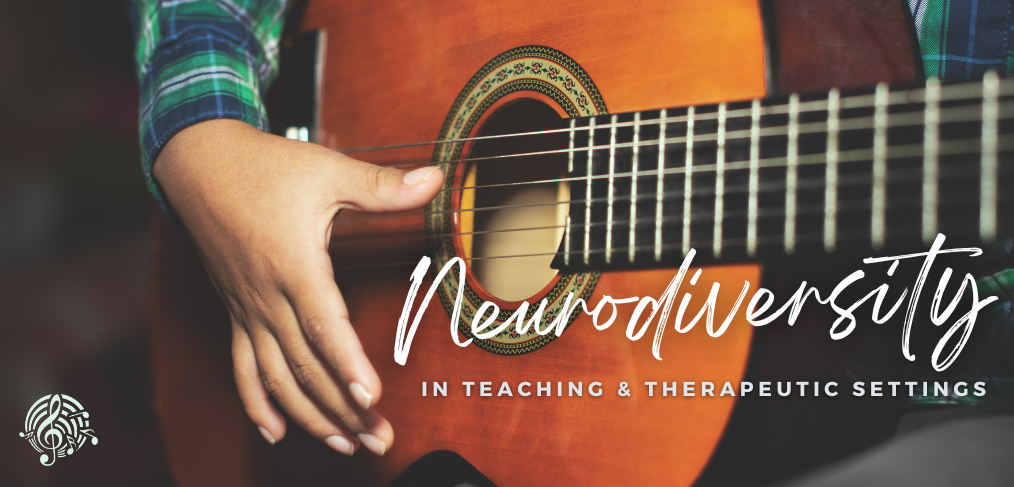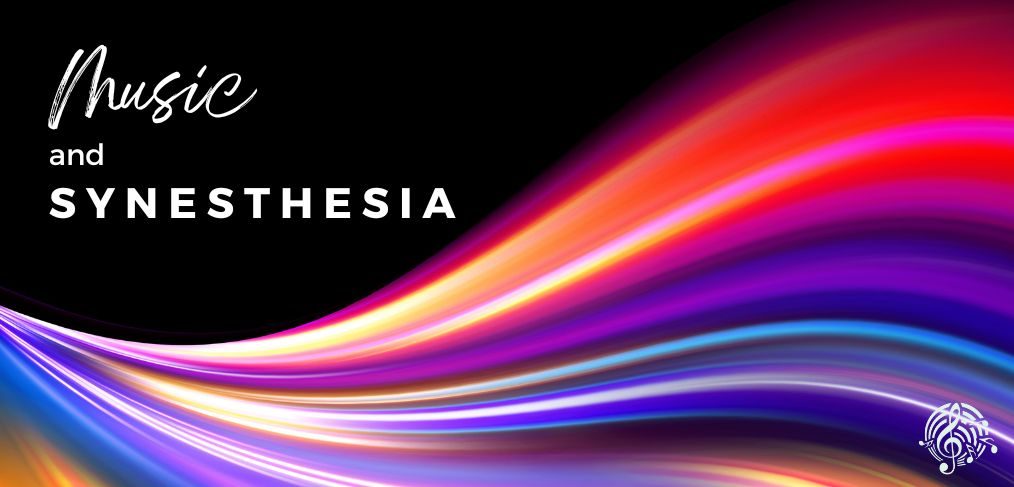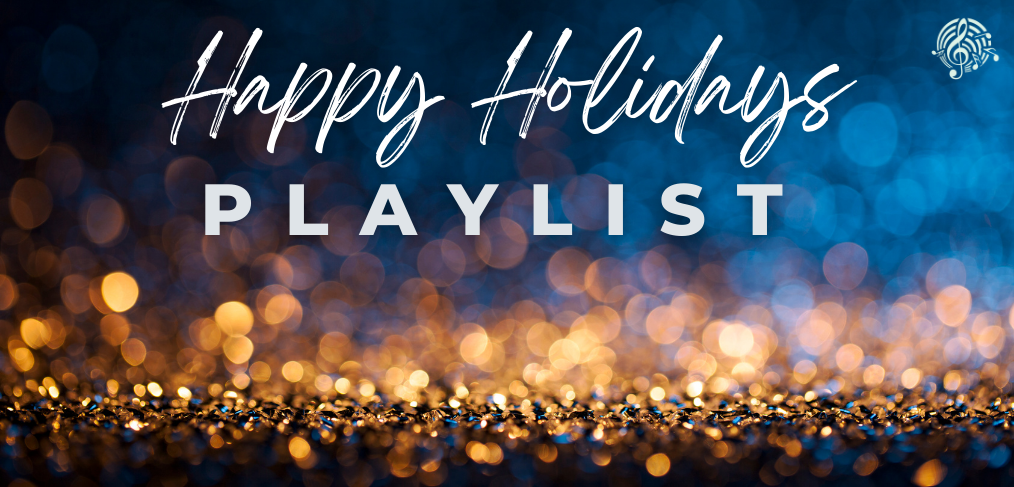Transitioning from one activity to the next can be challenging for many children. Music can be a great support and motivator, whether moving from a preferred activity to something less preferred or just getting ready for bed.
The following methods can be used alone or in combination with a visual schedule:
1. Using a musical timer
This musical timer can be used when wrapping up an activity. The audio and visual cues provide a concrete ending to an activity when it stops.
Check out this 1-minute musical timer:
2. Singing a song about the task
When building a routine, having consistent and predictable steps helps provide structure. Singing a song along to the specific task helps reinforce the structure and make it fun for children!
Check out this song about brushing teeth:
3. Using a transition song
Just like the musical timer, a transition song signifies the end or change of activity. These songs are short, catchy, and customizable!
For example: What’s next? What’s next? We’re going to (name of next activity). Let’s tidy up so we can (name of next activity).
Check out this video that outlines how to use transition songs at home:
4. Creating a playlist of preferred songs for non-preferred tasks
Trying to have your child stay on task? Use music as the motivator!
For example, create a short playlist of your child’s favourite songs. While it plays, your child can work on a task, such as cleaning their room. Once the playlist is over, they can stop cleaning.
Check out this playlist of songs for various daily tasks:
Perseverance is key – don’t forget to celebrate the little wins! Even if something doesn’t work the first time, try again. With time, these daily tasks will become part of a seamless routine!
